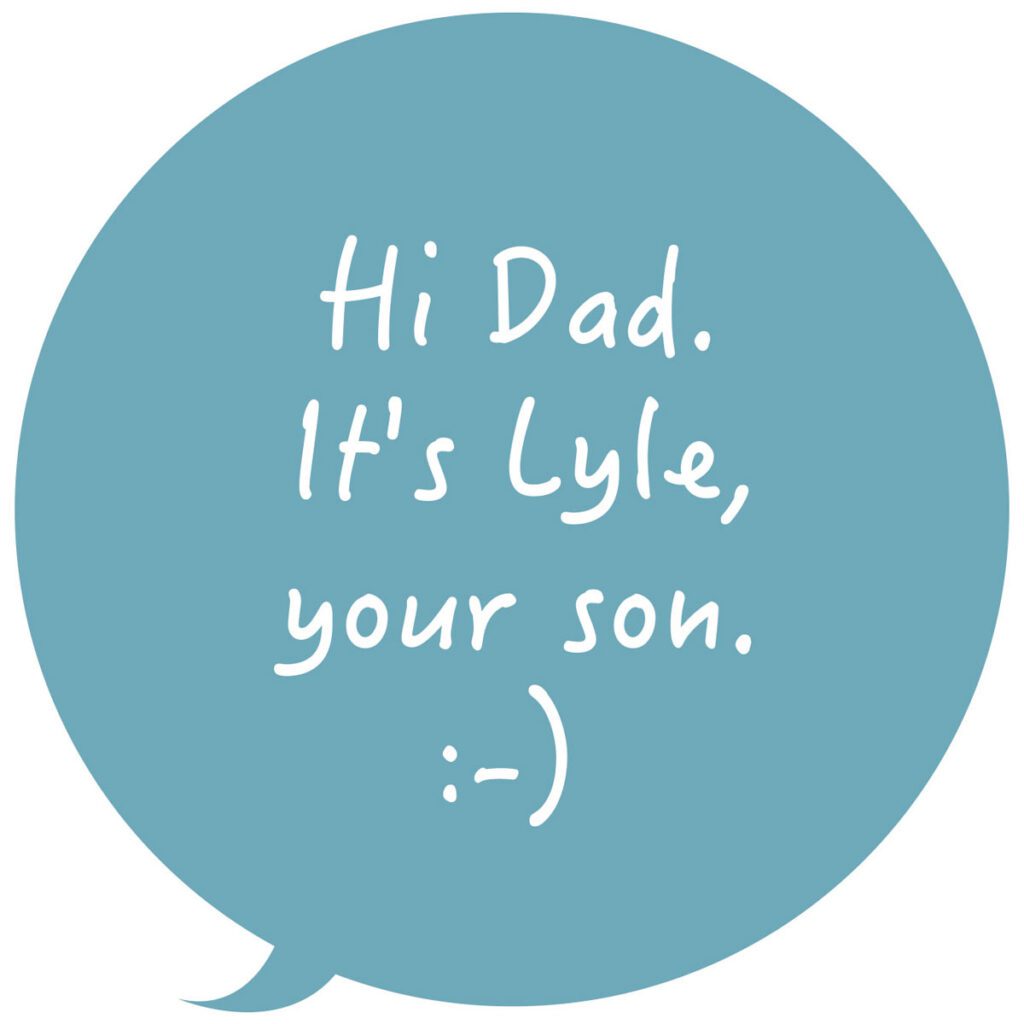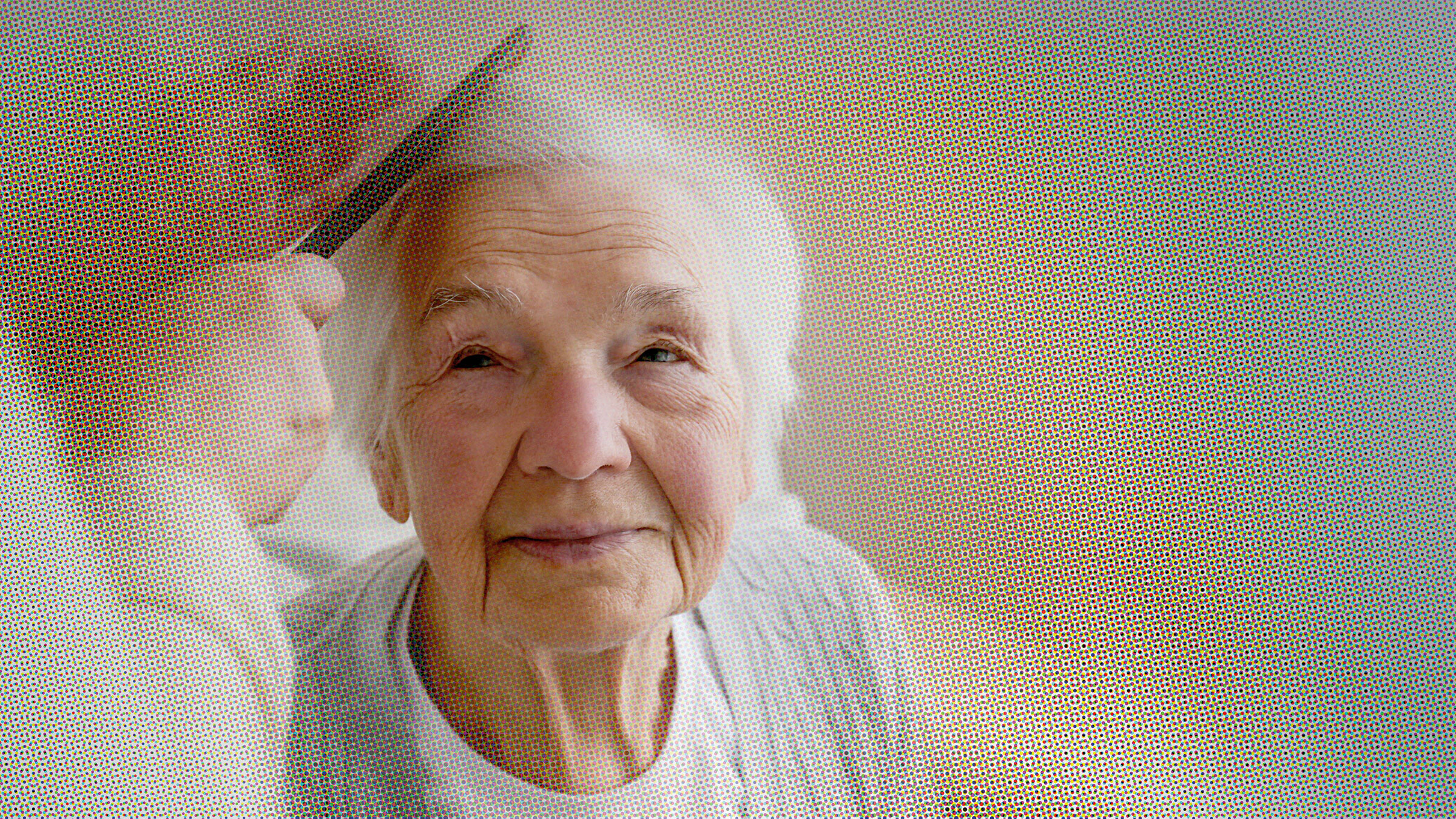With generosity as your guide, caregiving unfolds as a spiritual path. While material generosity—helping with money and objects—is wonderful, direct caregiving provides the opportunity to offer the deepest kind of generosity: protection from fear. When loved ones have dementia, protecting them from fear is fundamental generosity, the core of spiritual discipline.
Patrul Rinpoche clarifies the meaning of giving protection from fear in The Words of My Perfect Teacher: It’s providing refuge for those who have no place of refuge, protecting those who have no protector, and being with those who have no other companion. These aspects of protecting someone from fear are critical for dementia caregivers to understand.
In life before dementia, our own home and household routines are clearly familiar. That familiarity enables us to have a sense of home as refuge. We’re comfortable in our home because we know where it is and where our things are in it. It is like being comfortable with friends because we know them and our shared history.
But even at home, people with dementia will display trepidation, agitation, paranoia, or sadness. These are all expressions of fear. Under the impact of dementia, there is no longer any place, including home, where they feel fundamentally safe. It becomes more difficult for them to identify themselves and their surroundings, as well as to determine what is safe and what is not. There’s no longer any experience of refuge.
To best support our loved ones, it’s helpful to understand what they’re going through. What follows is a simple contemplation to give you a sense of their experience of becoming increasingly trapped by dementia. Take a few slow breaths during each phase of this contemplation before moving on to the next.

Imagine that forgetting a word is not an occasional experience. It is happening more and more often.
Then imagine the interruption in your ordinary internal dialogue when random words are simply no longer accessible.
Then imagine you’re in the middle of speaking to someone when instead of the next word, there is just a big gap.
Then imagine the person staring at you, with a growing concern in their eyes. There is tension in the air as you fight to find a word, any word, to fill in the gap.
Then imagine that this hole in your mind is nakedly exposed. How much safer would it feel to not speak? Imagine how much easier it would be to just fill in the spaces in the conversation—when you are expected to respond—with “yes,” “no,” or “mm-hmm.”
Then imagine that the words spoken to you are sounds that no longer have meaning.
Finally, while imagining the look of fear and sadness on the faces around you, imagine that words are indistinguishable from any other noise in the environment. It is all just sound.
Gradually pick out intelligible sounds and come back to your normal experience of words.
Forgetting one’s own name or the name of one’s spouse or child is terrifying. Losing access to cues that identify when and how to interact, and with whom, is terrifying. One no longer feels safe whether alone or with others. One no longer feels capable of protecting oneself or even of seeing where external protection might be found. Imagining this losing of reference points highlights the importance of making your loved one feel safe.
Can we make someone we’re caring for feel safe and protected, even when they no longer remember our name or our relationship with them? As caregivers, can we express this deepest, most important kind of generosity? Yes, we can—through our own mindfulness.

Reference Points
When someone has dementia, their reference points—the familiar cues, routines, or landmarks that help them orient themselves in their surroundings and recall certain memories—begin to dissolve. Accept that your loved one’s reference points are dissolving, and establish yourself as a stable, gentle presence. This invites them to trust and relax into reference points you provide.
To offer your loved one a bridge to your reference points, use your tone of voice and body language. Your tone of voice is more important than the words you use, as their increasing difficulty with words undermines the efficacy of language in communication. Tone can communicate safety and warmth, just as it can communicate exasperation and anger. Look directly into your loved one’s eyes as you speak gently and warmly.

Speak in short, simple sentences: subject, verb, object. This manner of mindful speech is critical to communicating safety and security, because it simplifies your loved one’s task of processing information.
As their verbal abilities diminish, body language becomes ever more important. When you experience difficulties with your loved one, be mindful of changes in both your posture and theirs. Recognize when your changed posture distances you from your loved one, and when theirs does the same to you. Communicate safety through a soft, open posture, and relax further. Offer reference points through touch, perhaps a gentle hand massage. Guide them by offering your arm, or holding their hand. Through these kinds of gentle physical connections that are accessible reference points, you project stability to and for them.
Within your twenty-four-hour-a-day caregiving journey, stability may not be the first thing that comes to mind. How can you project stability, especially if you aren’t feeling so stable? Simply rest in the fundamental affection you have for your loved one, and endeavor to project the stability of that affection.
Remember, you must care for yourself too. Though you no longer have the same personal space and time you had in the past for conventional rest and recovery, caring for yourself is a prerequisite for being stable enough to care for your loved one.
Minimizing Obstacles
As is said, the path is the goal. The path here is eliminating obstacles that you and your loved one with dementia will encounter. This is not about hoping everything is going to go back to the way it was, because it won’t. This is not about fearing that the illness will get worse, because it will. Rather this is about applying mindfulness to the physical environment your loved one needs to navigate, the communication environment that their illness diminishes, and the emotional environment you share.
Eliminate obstacles by modifying the environment—by simplifying, standardizing, and providing orienting cues through signage. When you cannot eliminate an obstacle in any given moment, bypass that obstacle using redirection. By making adjustments in real time—and going beyond hope and fear—you and your loved one can live a safer, saner life.
We all navigate the world using our pool of accessible memories. We call them up as needed so we know where we’re heading, how we’re going to get there, what we’re going to do when we arrive, and, most importantly, why we are going. But under the impact of dementia, your loved one starts losing access to memories that were previously available to them without apparent effort.
Your loved one will begin to experience everything in life as a test, and they’ll be increasingly frightened of failing. As a caregiver, examine and modify their home environment so as to eliminate their struggle with physical surroundings, verbal interactions, and other challenging situations.
Consider the stress of being in your own home and no longer remembering where the bedroom is or where your clothes are. Think of how kind and generous it would be if someone put up signage so you could navigate your own home.
You’ve opened your kitchen cabinets thousands of times. You know what is in each one. When you need a glass for water, you know where it will be—the answer is embedded in your memory through repetition. But for someone whose memory is undermined by dementia, they may no longer recall what’s behind each cupboard door. And when all the cupboard doors look the same, there is not even a hint, which leads to panic.
So, label each cupboard door with an appropriate word or words, such as “water glasses.” Labeling it “water glasses” rather than just “glasses” helps prevent confusion between drinking glasses and eyeglasses. Accompany the label with a picture of the glasses behind that cupboard door so that a cue remains when reading becomes difficult. With these visual cues of words and pictures, the cupboard ceases to be an insurmountable test. Match the contents of the cupboard to your loved one’s capacity. Perhaps have only one type of glass and one type and color of coffee cup, and similar simplifying standardizations.
The doors in your house, like your cupboards, all look pretty much the same. This gives your home a harmonious look and feel. But when your memory fails and the doors in the hallway are indistinguishable, it can be hard to recall which door opens to the bedroom, which opens to the washroom, and which opens to the laundry room. This is another opportunity to use cuing signage to help your loved one navigate. Label the laundry room door with “washer and dryer” and a picture. Put the word “toilet,” along with a picture, on the bathroom door.
Most people want their home to look nice with a consistent pattern. With all these labels, your home won’t have its former look and feel. But clear signage has the power to make your loved one’s life easier. Be willing to let go and trade your familiar home look for this new one. The benefits can be of great consequence.
Your own mindfulness practice highlights what you need to modify in the environment to make your loved one feel safe. At the same time, mindfulness can also help you identify what you are hesitant to modify because of your own grasping and fixation.
When someone has dementia, their mindfulness of body changes. So, extend your own mindfulness of body to protect your loved one. You know how to move through space to get from here to there. But individuals with dementia may not know where they’re going or why. They may walk into a room and forget why they went in there. They may start going somewhere with intent, and then something interrupts them, leaving them paralyzed as they try to remember where they were going.
How do you protect them from fear in this context? Use your mindfulness of body to project stability and invitation. This means, for example, when you’re going for a walk, help them move through space by holding their hand or looping their arm in yours. Move gently, slowly, and deliberately. They are then guided by that sense of touch, which is one of the last things to disappear in the progression of dementia. Offering a reference point through touch is incredibly kind.
Mindful Speech
Consider how to greet your loved one with dementia. Don’t ask “Do you remember me? You know my name, right?” Those questions will be experienced as a test. In the gap before answering, they may panic, wondering, “Do I know this person? How? Do I know their name?” You will likely see fear and tension in their face—and they will see your worry.
Instead, you could greet them each time with something like I did with my father: “Hi, Dad. It’s Lyle, your son. It’s so good to see you again.” This gives them your name and relationship and, through your words and body language, shows how happy you are to see them. This gives reassurance as to who you are, why you’re there, and that you are a safe person. Rather than a test, cued reassurance offers the individual with dementia the generosity of protection from fear.
In addition to the difficult experience testing creates for them, testing intensifies your hope that they are not so far gone, and your fear that they are or soon will be. In working with your own hopes and fears, remember that the goal is your loved one experiencing safety. That’s far more important than whether or not they remember your name. If you give generous cues so that you’re identified as someone safe and loving, their comfort and ease will heal your heart far more than seeing them struggle with their memory to find your name.
How else can your mindfulness of speech be another protection from fear? We often think that being generous means offering someone choices: “Oh, I want to give them so many choices of different things to eat and of different places to go.” When your loved one wasn’t ill, that was indeed sweet and kind, but now, it’s not so helpful.
Instead of offering choices, phrase questions in a yes or no format. Ask, “Do you want an English muffin?” If the answer is yes, you’re done. If the answer is no, then offer one other thing at a time. This is another method of avoiding tests. This format of asking means your loved one doesn’t have to remember and hold onto the idea of an English muffin while they remember and hold onto the idea of toast—and simultaneously compare them and consider which one they liked better in the past. The yes/no format limits that intense demand on their conceptual capacities, so there’s less stress. They can just evaluate one question at a time and say yes or no.
Another critical application of mindfulness is to avoid euphemisms. People often use the word “washroom” rather than “toilet” because toilet has the connotation of being dirty. But if you ask somebody with dementia, “Do you want to go to the washroom?” they may reasonably say, “I don’t need to wash.” That’s their answer, and it may be correct. Instead, keep it simple and direct, like “Do you need to pee?” or “Let’s wash our hands.” Avoiding euphemisms limits confusion in communication.

Mindful Effort
Each day, journal your experience of what worked and what didn’t. This not only creates a record for yourself, but also for any respite caregivers. With practice, you’ll start to recognize warning signs of potential difficulties earlier, giving you the opportunity to take protective action.
The record enhances your ability to apply the generosity of patience. When you’re repeatedly asked the same question every few minutes, it’s easy to become impatient. Here, the generosity of patience is to understand that answering their question is often not the point. Rather than reacting with irritation, understand that your loved one is probably looking for connection and reassurance.
Don’t contest their perception and don’t debate their logic. Listen and acknowledge that this is what they see and experience, because that is their world. Then, you can redirect them. Say, “Yes” or “I understand,” and then gently say, “Let’s go water the plants” or “Let’s have a cup of tea.” This is not unkind or dismissive. On the contrary, you’re expressing generosity by entering their world. It requires mindfulness, patience, and effort to shift to redirection rather than correction.
This mindfulness is the kind of effort or exertion needed in caregiving. Running at full speed all the time, every day until you break down is not so helpful. That’s not the generosity of exertion. Generous mindful effort is reorienting your movements and speech for the benefit of your loved one. Use your exertion properly so that you can be generous to yourself as well as to this person you love.
This approach to exertion is an antidote to hopelessness. The person you love is sick, and they’re not going to get better in any conventional sense, but by applying your practice in these ways, you’ll experience your efforts positively impacting both your lives on the spot. Protecting someone from fear is an extraordinary experience. You see their body relax, and you see them at ease in that moment. Without contrivance, your own heart will automatically open and expand.
In practicing generosity and mindfulness, we can provide refuge to those who’ve lost the ability to do so for themselves. We can provide protection for those who can no longer protect themselves. And we can provide companionship for those whose family and friends may be disappearing. This is the deepest expression of generosity: giving protection from fear.

